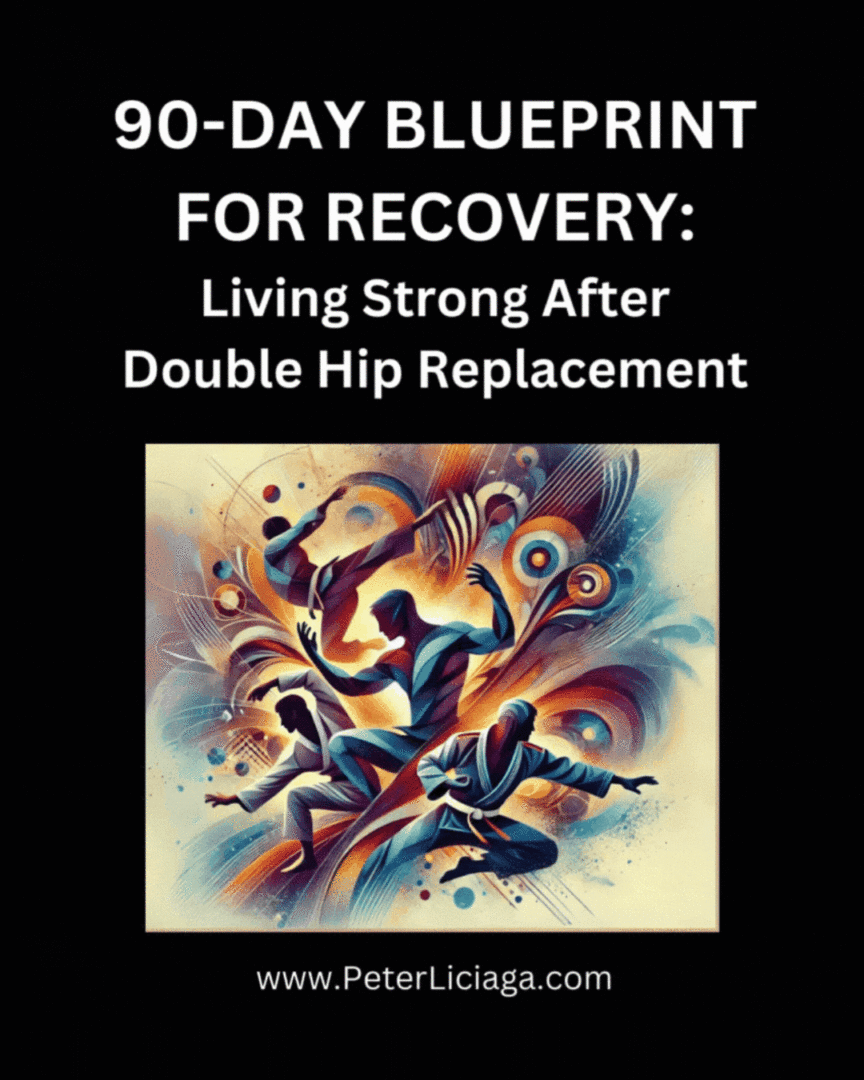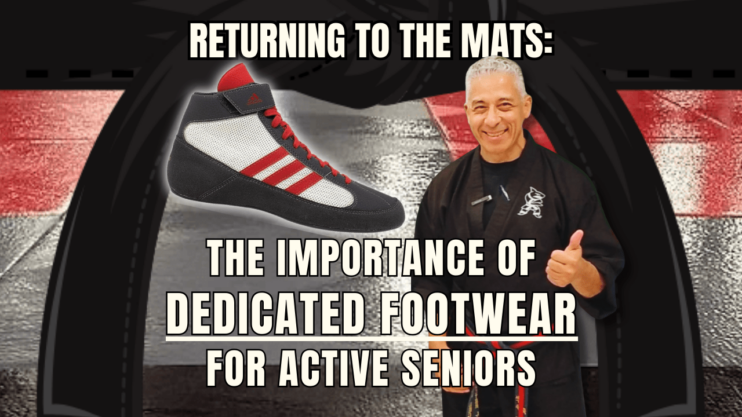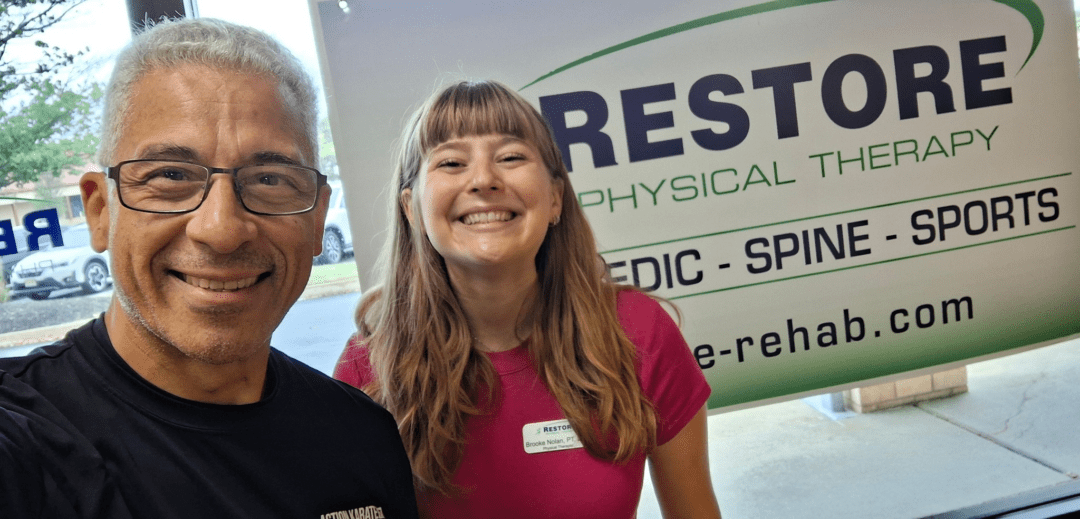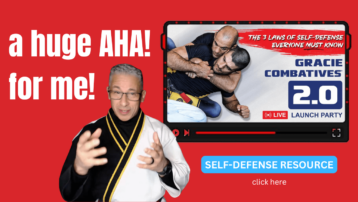As I prepare to step back onto the mats in 2025 after a decade-long hiatus and two hip replacement surgeries, my number one guidance has come from my physical therapists at Restore Physical Therapy and my surgeon, Dr. Reid, and his team. Their expertise has been instrumental in helping me approach this journey with the care and strategy it demands. I’m more aware than ever of the importance of proper preparation.
Taking this journey seriously, I’ve sought advice from several lifelong martial artists, professional performing artists, and stunt actors, all of whom highly recommend prioritizing joint care. As a martial arts teacher and master, I will be integrating these insights into my instruction to help guide my students toward sustainable and effective training practices. This guidance has inspired me to create my “Blueprint for Training,” which includes a dedicated “Training Journal” to document my progress and ensure I stay on track. For those of you who’ve accepted my invitation to join me in training—whether as a new martial artist or as someone reigniting an old passion—investing in dedicated footwear for our journey is one of the smartest moves you can make. I’ve also shared insights about this blueprint in my blog posts, such as My First 90-Day Blueprint for Recovery: Living Strong After Double Hip Replacement, where I emphasize the importance of preparation and recovery.
Just like the foundation of a strong stance, your choice of footwear matters. It’s not just about comfort; it’s about protecting your body, enhancing performance, and ensuring you’re ready to meet the challenges ahead. For active seniors like us, who may be managing arthritis or other age-related conditions, the right shoes can make all the difference.
Why Specialized Footwear?
Training on the mats demands stability, flexibility, and support. While martial arts is traditionally practiced barefoot, many of us benefit from lightweight, mat-appropriate shoes that cushion and stabilize our movements. Here’s why dedicated training footwear matters:

- Joint Support: Shoes with excellent cushioning and arch support can alleviate stress on the hips, knees, and ankles—crucial for those of us recovering from surgeries or dealing with arthritis.
- Traction and Safety: Proper footwear provides just the right amount of grip, preventing slips without restricting your movement.
- Hygiene: Let’s face it—sharing mats means sharing germs. Shoes designed for the mats help keep things clean and reduce exposure to foot-related infections.
- Adaptability: If you’re like me and have arthritic feet, the right shoes offer a roomy toe box, forefoot cushioning, and support to ease discomfort during training.
The Barefoot Approach
While specialized footwear has its benefits, practicing barefoot also offers unique advantages that align with traditional martial arts philosophies. Research suggests that training barefoot can improve proprioception (awareness of body positioning) and strengthen foot muscles (Journal of Sports Science & Medicine). Here are some key benefits:
- Enhanced Ground Connection: Training barefoot allows for a better connection with the mat, improving balance, stability, and awareness of your movements.
- Strengthening the Feet: Barefoot practice can strengthen the muscles in the feet and lower legs, helping to improve overall foot health over time. A study published in Foot & Ankle Specialist highlights how barefoot activities can reduce foot pain and stiffness for individuals with arthritis.
- Natural Movement: Without the constraints of shoes, barefoot training encourages a more natural range of motion, which can enhance flexibility and agility.
However, it’s essential to consider individual needs. For seniors managing arthritis or recovering from surgery, barefoot training may not always provide the necessary support. Consulting with a medical professional or physical therapist can help determine if this approach is suitable for you.
While specialized footwear has its benefits, practicing barefoot also offers unique advantages that align with traditional martial arts philosophies:
- Enhanced Ground Connection: Training barefoot allows for a better connection with the mat, improving balance, stability, and awareness of your movements.
- Strengthening the Feet: Barefoot practice can strengthen the muscles in the feet and lower legs, helping to improve overall foot health over time.
- Natural Movement: Without the constraints of shoes, barefoot training encourages a more natural range of motion, which can enhance flexibility and agility.
However, it’s essential to consider individual needs. For seniors managing arthritis or recovering from surgery, barefoot training may not always provide the necessary support. Consulting with a medical professional or physical therapist can help determine if this approach is suitable for you.
Recommended Footwear for the Mats
Selecting the right training shoe is backed by research emphasizing support and injury prevention. According to the American Academy of Podiatric Sports Medicine, proper athletic footwear can reduce strain on the joints and improve performance. Here are a few excellent options to consider, tailored for active seniors with specific needs:
- Asics Matflex Wrestling Shoes: Lightweight and designed for mat training, these shoes provide exceptional grip and support while keeping you agile.
- Adidas HVC Wrestling Shoes: Another great choice, these shoes combine comfort and durability with a sleek profile perfect for martial arts movements. They come highly recommended for their versatility and joint-friendly features.
- Orthofeet Stretch Knit Sneakers: For those who need additional cushioning and arch support, Orthofeet offers a solution with ergonomic insoles and a flexible design that works on and off the mats.
- Feiyue Martial Arts Shoes: Lightweight and flexible, these shoes are a classic choice for martial artists. They provide excellent mat feel and traction, allowing for precise movements while maintaining comfort.
- Nike Inflict 3 Wrestling Shoes: Sleek, lightweight, and highly supportive, these shoes are great for dynamic movements on the mat. Research in Sports Biomechanics suggests that wrestling-style shoes can reduce stress on the ankles.
- Otomix Stingray Escape: Specifically crafted for martial arts and weightlifting, these shoes provide support, flexibility, and a lightweight feel, making them ideal for mat training.
Here are a few excellent options to consider, tailored for active seniors with specific needs:
- Asics Matflex Wrestling Shoes: Lightweight and designed for mat training, these shoes provide exceptional grip and support while keeping you agile.
- Adidas HVC Wrestling Shoes: Another great choice, these shoes combine comfort and durability with a sleek profile perfect for martial arts movements.
- Orthofeet Stretch Knit Sneakers: For those who need additional cushioning and arch support, Orthofeet offers a solution with ergonomic insoles and a flexible design that works on and off the mats.
- Feiyue Martial Arts Shoes: Lightweight and flexible, these shoes are a classic choice for martial artists. They provide excellent mat feel and traction, allowing for precise movements while maintaining comfort.
- Nike Inflict 3 Wrestling Shoes: Sleek, lightweight, and highly supportive, these shoes are great for dynamic movements on the mat.
- Otomix Stingray Escape: Specifically crafted for martial arts and weightlifting, these shoes provide support, flexibility, and a lightweight feel, making them ideal for mat training.
My Personal Pick
For my return to the mats, I’ve chosen the Adidas HVC Wrestling Shoes. Their lightweight design and durable profile make them an appealing option for reconnecting with the mats. These shoes offer the right balance of flexibility and support, ensuring comfort while allowing for fluid martial arts movements. On my first day of training on January 6th, I’ll be relying on these shoes to help me transition back into the dynamic environment of martial arts practice. Importantly, the shoes I wear on the mats will be **dedicated for mat use only. They will not be worn off the mats, ensuring we keep the mats clean and free of dirt and debris from the street. This practice aligns with the hygiene standards discussed in My Hip Journey: Strength, Adaptation, and Return to the Mats, where I emphasize the importance of maintaining a clean training environment during recovery. This practice is essential for maintaining hygiene and preserving the integrity of the training environment.
Why I Train with Shoes
My reasons for wearing shoes while training are threefold:
- Arthritis from Past Injuries: My feet have arthritis from past injuries during my stunt days, especially my years performing in the skate musical show Starlight Express. Years of impact and strain have taken their toll, and proper footwear now helps alleviate discomfort and protect my joints.
- Toe Movement Limitation: Due to the limited movement of my toes, particularly my big toe, my toes tend to get caught in the mats, especially in the spaces between mats. Shoes provide the protection I need to avoid such issues.
- Consistency with Everyday Life: I rarely walk out in public without shoes, so training martial arts with shoes makes sense for me, especially from a self-defense perspective. It ensures my training reflects real-world scenarios where I would most likely be wearing shoes.
Starting with the Principle of BASE
As I return to training, I’ll be focusing on one of the foundational principles of martial arts: BASE. This principle is the cornerstone of stability, balance, and strength in every movement. By emphasizing BASE, I’ll not only reinforce my physical foundation but also create a solid mental and emotional grounding as I reconnect with the mats. For a deeper understanding of this principle, I invite you to read, Base: The Foundation of Strength in Martial Arts and Life. It offers insights into how this concept applies not just to martial arts but to life as a whole.
I am taking my return to the mats extremely seriously. Several of my friends, who are lifelong martial artists, professional performing artists, and stunt actors, have highly recommended prioritizing joint care. To ensure I approach this wisely, I’ve sought guidance from my physical therapists at Restore Physical Therapy and my surgeon, Dr. Reid, and his team. Their expertise has helped me create my “Blueprint for Training” and a detailed “Training Journal” to document my journey and progress. For more on these strategies, see my blog post, 2025 Martial Arts Living Strong Blueprint: Building Body, Mind, and Spirit.

As part of my “Blueprint for Training,” I’ll be focusing on one of the foundational principles of martial arts: BASE. This principle is the cornerstone of stability, balance, and strength in every movement. By emphasizing BASE, I’ll not only reinforce my physical foundation but also create a solid mental and emotional grounding as I reconnect with the mats. For a deeper understanding of this principle, I invite you to read my article, Base: The Foundation of Strength in Martial Arts and Life. It offers insights into how this concept applies not just to martial arts but to life as a whole.
As I return to training, I’ll be focusing on one of the foundational principles of martial arts: BASE. This principle is the cornerstone of stability, balance, and strength in every movement. By emphasizing BASE, I’ll not only reinforce my physical foundation but also create a solid mental and emotional grounding as I reconnect with the mats. For a deeper understanding of this principle, I invite you to read my article, Base: The Foundation of Strength in Martial Arts and Life. It offers insights into how this concept applies not just to martial arts but to life as a whole.
As I return to training, I’ll be focusing on one of the foundational principles of martial arts: BASE. This principle is the cornerstone of stability, balance, and strength in every movement. By emphasizing BASE, I’ll not only reinforce my physical foundation but also create a solid mental and emotional grounding as I reconnect with the mats. It’s a fitting principle to revisit as I embark on this new chapter in my martial arts journey.
Invest in Yourself
When we invest in the right tools for our training, we’re not just preparing for a single class—we’re setting ourselves up for long-term success. The right shoes will protect your joints, keep you safe, and allow you to focus on learning and growing as a martial artist. Alternatively, for those comfortable and medically cleared to train barefoot, this approach can offer its own set of benefits for building strength and connection.
I’m thrilled to have you join me on this journey. Together, we’ll rise, adapt, and live strong—proving that it’s never too late to pursue a dream. So, take the time to find the footwear that supports your goals and meets your unique needs.
See you on the mats!







Very interesting…you have a great outlook on life!
thank you so much Pete for taking the time to share your encouraging words here. I really appreciate you and look forward to following your adventure in your upcoming surgeries. I will definitely be thinking of you my friend.